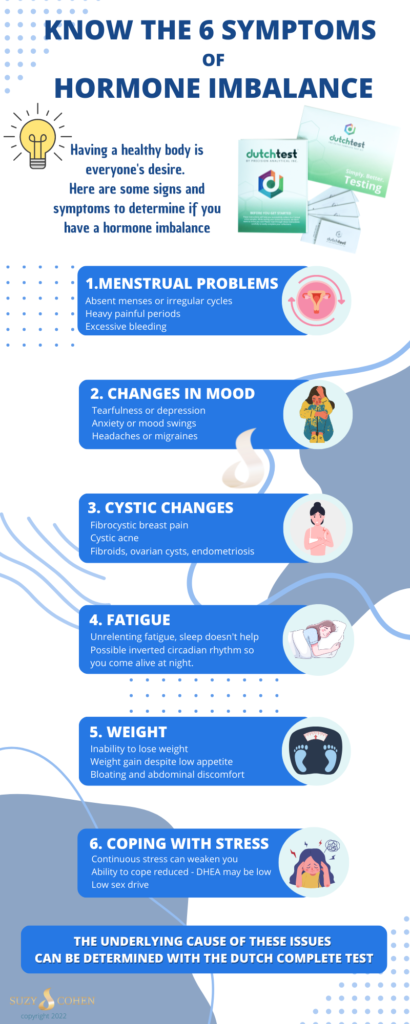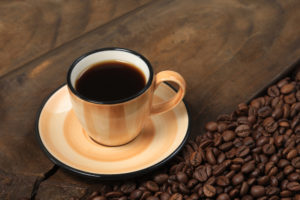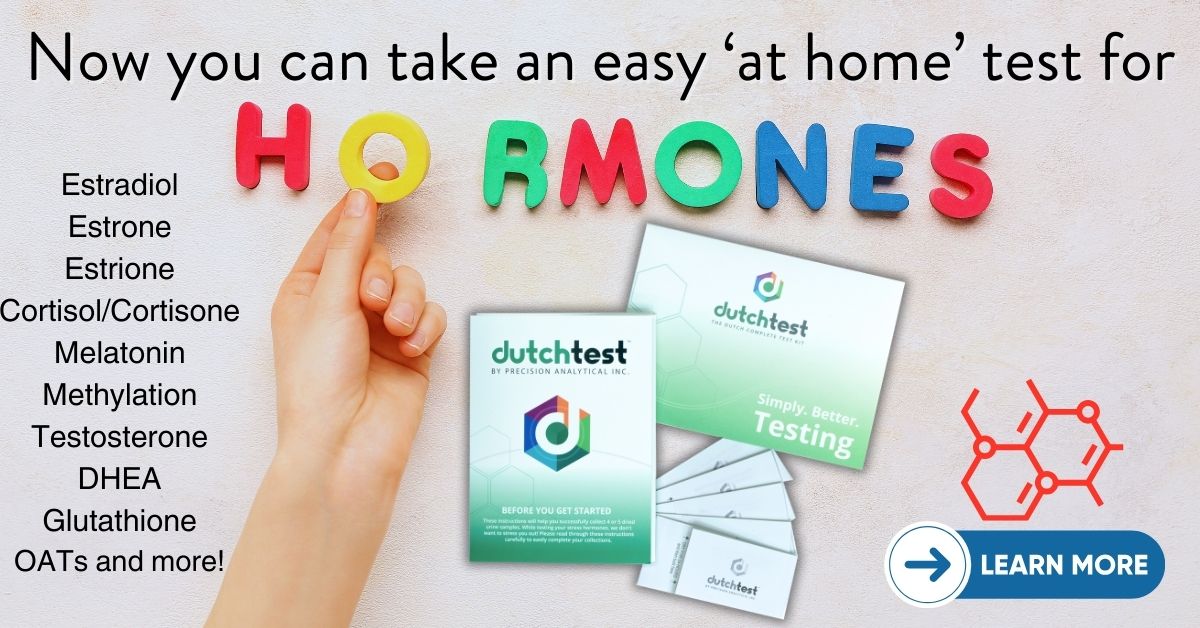What's On This Page?
TogglePain in the breast can mean many things, and sometimes it’s called fibrocystic breast pain.
I hugged a friend who I hadn’t seen in two years and she didn’t hug me back. I thought it strange, but she quickly offered that her breasts were just incredibly sore. I remember experiencing the same thing myself at various times in the as a 20-something year old, so I totally understood.
So if your ‘girls’ ache, feel bruised, or heavy on the inside, have you considered WHY it’s happening?
My friend did not, she just accepted it. They were so painful, she couldn’t hug her own children. Even sleeping was painful!
The technical term is “fibrocystic breast pain” and an estimated 30 to 60 percent of women experience this. Simply put, our breasts are two large milk glands (some larger than others, kudos to those ladies!). Kidding aside, all breasts contain some degree of lumps (or “cysts”), however, some breasts will contain more lumps than others due to hormonal changes. It’s the lumps that cause your breasts to get uncomfortable, sometimes even painful (Fibrocystic Breast Pain).

Consider Your Monthly Cycles
Symptoms of fibrocystic breasts will be the most intense before your period and then usually leave immediately following your period. Estrogen, progesterone, and prolactin (all girly hormones) cause cells in the breast tissue to swell.
This is a normal hormonal change during menstruation. Some clinicians may try to prescribe oral contraceptives or hormone replacement therapy; however, doing so is a bit controversial and the jury is still out on whether or not those help or make the condition worse.
Certain supplements may be helpful, so please ask your practitioner about any or all of these:
Supplements That May Be Helpful In Fibrocystic Breast Pain
1. Iodine- Iodine is a mineral antioxidant that comprises your thyroid hormone, but it’s essential to maintain healthy breast tissue. When you are iodine deficient, your hormones are affected, causing otherwise healthy breast tissue to become cystic and painful.
A study of 111 healthy women with a history of breast pain and discomfort were given iodine for 6 months and 50 percent of the patients who took 6 mg of iodine daily were reported to have a clinically significant reduction in overall Fibrocystic Breast Pain.
2. Vitamin E- A double-blind published study found Vitamin E supplementation had a significant decrease in breast symptoms related to PMS (Premenstrual syndrome). Vitamin E is also found in sunflower seeds and nuts.
3. Evening Primrose Oil- Evening primrose oil is an herb and is extracted from the plant, Oenothera biennis. The seeds of the plant contain oil called gamma linolenic acid (GLA).
GLA helps reduce inflammation during menstruation so it could be very adept at reducing the pain associated with breast tenderness and menstrual cramps.
4. Caffeine Elimination- I’m sorry to have to tell you that your morning ‘Cup of Love’ could be doing more harm than good. Don’t shoot the messenger! Caffeine contains a chemical called methylxanthine which makes blood vessels open up and the dilation contributes to breast discomfort.

5. Vitamin B6- It helps you metabolize and conjugate estrogen in the liver, and sometimes reducing estrogen relieves the Fibrocystic Breast pain. B6 is best used cyclically in the first two weeks before your period, and dosages vary, it could be 2mg for some of you, 20 mg for others, or 100mg for some.
I’d use the lowest effective dose of course, keeping in mind that if you push B6 really hard, you cause a relative deficiency of B9 (folate), B2 (riboflavin) and other Bs. So the lowest effective dose (or a B complex) could be the ticket to relief, but just a week or two before your period is due.
You’ll want methylated B vitamins if possible (especially if you have a methylation SNP). You can try any brand and see how you do, B6 is not one of those difficult-to-find products. It’s sold nationwide at every health food store and online.
6. DIM- This is short for Diindolylmethane and it works toward reducing estrogen burden in the body. Some of you may have what’s called ESTROGEN DOMINANCE – which you can learn about by putting that term in my search box, or clicking on THIS LINK. It’s derived from broccoli actually. Some people use I3C instead, and this can help with all sorts of female troubles by controlling estrogen. Just don’t take too much, it can crush thyroid levels.
So how much is right for you? I have no idea, there’s no blanket answer for thousands of you trying to determine this from my article. I’d say to take the lowest effective dose. I think for me I’d start with dumping out half a capsule (usually they are 200mg caps) every day for 30 days and see what the cycle was after that.
And if it wasn’t enough I’d try 100mg every day (the whole capsule)… as an alternatively, you can try 200mg for 7 days before your period, and just take it for 7 days. You should always ask your physician(s) what’s best for you, even with over-the-counter natural supplements because I can’t possibly know what’s right for you.
The above ideas are merely suggestions. One more thing, DIM (or the I3C) is sometimes used for men with prostate concerns due to high estrogen. When you think of DIM and I3C, think of one or the other, NOT both. Also, when you think of these supplements, think of broccoli, because that’s where we get them from. So yes, eat broccoli too, cook it a little so it’s not completely raw. The reason for that is you don’t want to consume a ton of goitrogens.
Read more about this, Be Aware Of Thyroid Risks: 6 Goitrogenic Medications To Understand.
Progesterone- This is another option. I will write a separate article on this, but progesterone is known to support breast health and even help protect ‘the girls’ from cancer. You can look on pubmed.com for information if you need it now.
Give one or several of these supplements and dietary changes a try… they could improve your huggability (Fibrocystic Breast Pain) within weeks!
Summary
Fibrocystic breast pain, a common condition marked by tenderness, lumpiness, and discomfort in the breasts, can be a source of significant distress for many women. This condition often fluctuates with the menstrual cycle, leading to varying degrees of pain and discomfort throughout the month.
In hopes of offering relief, my blog outlines six practical tips, encompassing both supplements and dietary changes, aimed at easing the symptoms associated with fibrocystic breast pain. These strategies are designed to not only alleviate discomfort but also improve overall breast health.
Additionally, for those interested in delving deeper into their hormonal health, which can play a significant role in fibrocystic breast changes, I recommend the DUTCH Complete Test. This at-home hormone test offers comprehensive insights and is conveniently available through my website. By understanding and addressing hormonal imbalances, you may find further relief and support in managing fibrocystic breast pain.

Suzy Cohen, has been a licensed pharmacist for over 30 years and believes the best approach to chronic illness is a combination of natural medicine and conventional. She founded her own dietary supplement company specializing in custom-formulas, some of which have patents. With a special focus on functional medicine, thyroid health and drug nutrient depletion, Suzy is the author of several related books including Thyroid Healthy, Drug Muggers, Diabetes Without Drugs, and a nationally syndicated column.


